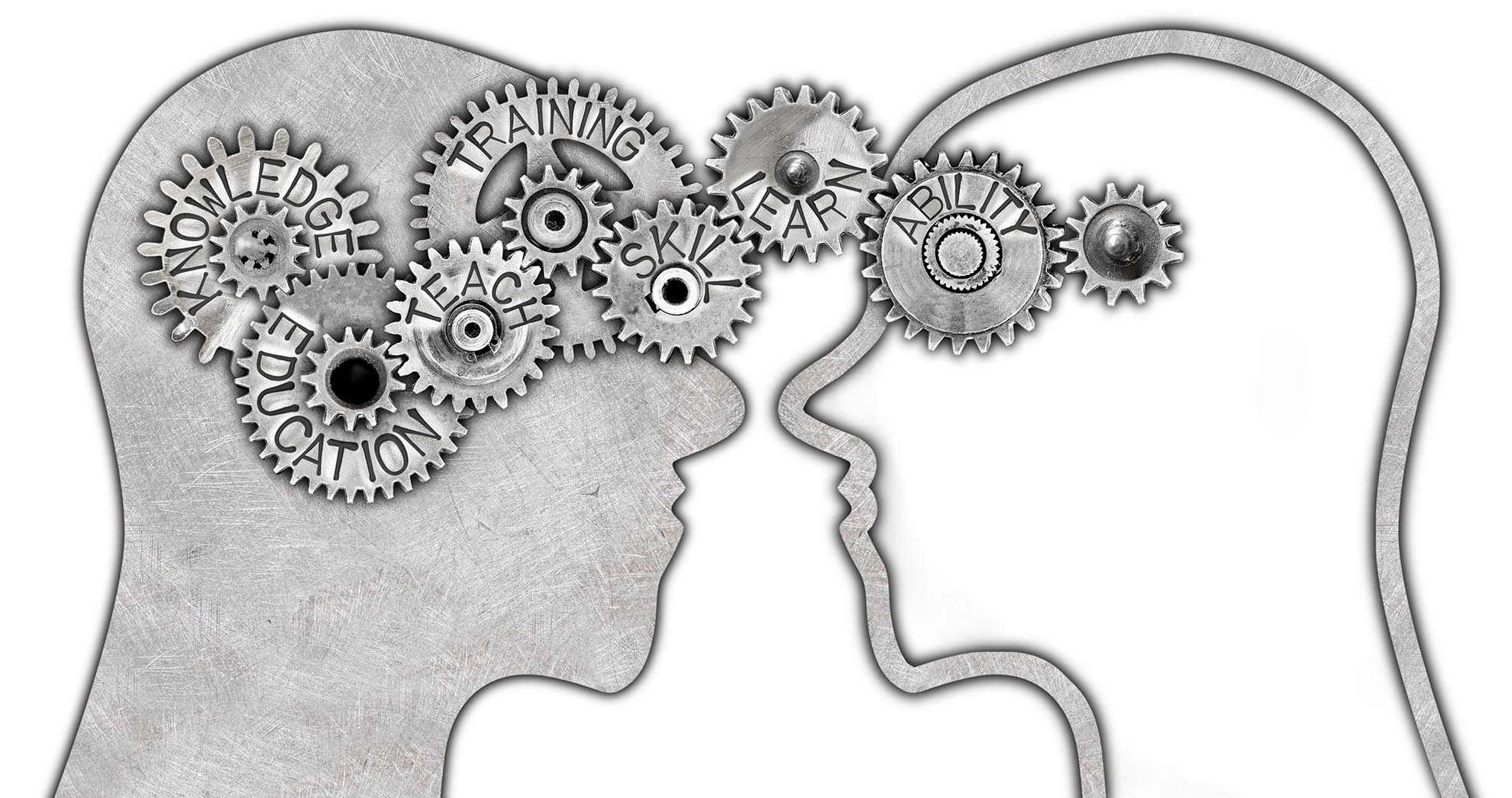
Steps to Establish Knowledge Transfer & Capture Processes
1. IDENTIFY ESSENTIAL KNOWLEDGE
- In which positions would knowledge loss present the greatest threat to the success of the Team/Division/Department?
- What knowledge is critical to deliver on current objectives? On future objectives?
- Why is it important to transfer the knowledge? What would be in the impact on performance if knowledge was lost?
- Is the knowledge inherent to a key position or key role within the work unit?
- What would others in the work unit consider essential knowledge?
2. IDENTIFY WHO HAS THE KNOWLEDGE
- Consider imminent retirements and other departures.
- Engage in long-term planning.
- Who is doing a unique job? Who has a unique set of skills or knowledge? Who is lead on major projects?
- Meet with these individuals to identify essential knowledge and the person(s) who should receive the training/knowledge.
3. IDENTIFY TO WHOM THE KNOWLEDGE SHOULD BE TRANSFERRED
- Who needs the knowledge to deliver value to the organization?
- What do employees already know?
- Clarify expectations, ground rules, roles, communication for giver and receiver.
4. DETERMINE THE BEST TOOL TO CAPTURE & TRANSFER THE KNOWLEDGE
- Work with both parties to determine the most appropriate tools given the nature of the knowledge and the communication and learning styles of the participants.
- Develop a knowledge transfer plan to identify tasks, actions and deliverables.
5. MONITOR & EVALUATE
- Integrate knowledge transfer plans into operating procedures and performance.
- What outcomes do you anticipate?
- Identify evaluation criteria.
- Specify reporting requirements.
- Coordinate a final meeting—review lessons learned.
